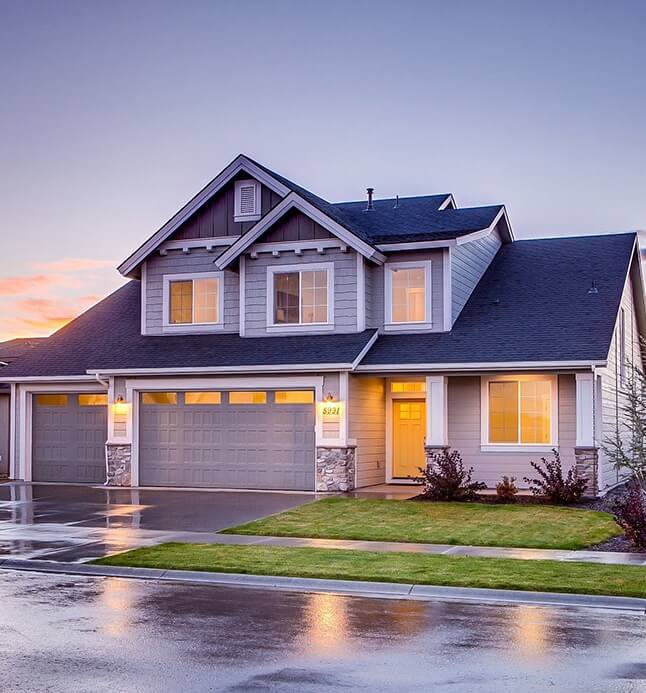
4 Costly Mortgage Misunderstandings to Watch Out For
Ready to take the plunge into home ownership? If so, you’re about to enter into a financial commitment that’s going to last for many years and can affect your life and fiscal health in many ways. It’s not enough to understand just the basics of mortgage loans, when you’re a few signed documents away from becoming the proud recipient of one. There are a number of commonly held misconceptions about mortgages that can trip you up, if you don’t know about them.
Before you finalize your loan, make sure you’re not falling prey to any of these four common misconceptions that can end up costing you:
1. You Need 20% Down to Buy Your Dream Home
Coming up with a twenty percent down payment on the home you’re looking to buy can be one of the most financially challenging parts of becoming a new homeowner, even with first-time home ownership rising in 2018. Many millennials feel homeownership is out of reach because of this significant deterrent, yet amassing such a large down payment doesn't even need to be a part of your homeownership journey.
The belief that you shouldn't bother looking into local real estate options until you've squirreled away at least 20% of a home's total value as down payment is an outdated myth. There are several great loan options for folks who want to buy with less than 20% down.
2. The Only Thing Your Credit Score Matters For is Getting Approved
Your credit score has more implications for your loan than just whether or not you’ll be able to get one. The higher your score, the better the interest rate you’ll be able to qualify for.
Interest rate savings can add up to a lot of money over time, so it's worth it to try and get your credit score in the best shape possible, before applying for a loan, rather than jumping into one as soon as you’re able to qualify.
3. A 30-Year Mortgage is Your Best Bet
The most common mortgages, 30-year options, also come with the lowest monthly payments. However, with this option, you’ll pay interest on your mortgage for twice as long as you would with a 15-year mortgage, and that’s a lot of money.
If you can afford the higher monthly payments, it makes great financial sense to go for a shorter-term mortgage loan. You can easily end up saving tens of thousands of dollars, by the time your loan is paid off.
It’s also worth looking into adjustable rate mortgages, if you know you won’t be keeping your home for more than a few years. You can lock in a great rate for the duration of ownership, without having to worry about being stuck with rate increases for many years to come.
4. Your Mortgage Payment Should be 30% of Your Monthly Income
The advice that “housing should cost a third of your income” is a pretty time-honored rule of thumb. However, you need to remember that your principal and interest payments aren’t the only dollar amounts you need to factor in. There’s also homeowner’s insurance and property taxes, as well as other costs, including utilities, maintenance fees, homeowner’s association dues, and other expenses that you might not have had to deal with, if you’re looking at home ownership for the first time.
If a mortgage loan and owning a home is within your reach, you should be able to account for these misconceptions, to help you budget and save as necessary. With a bit of knowledge, as well as a bit of capital, you will be well on your way to becoming a homeowner.

























































































